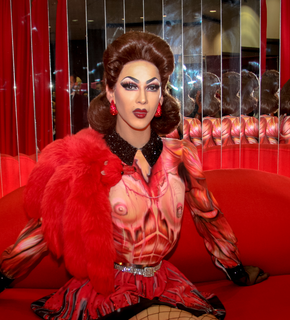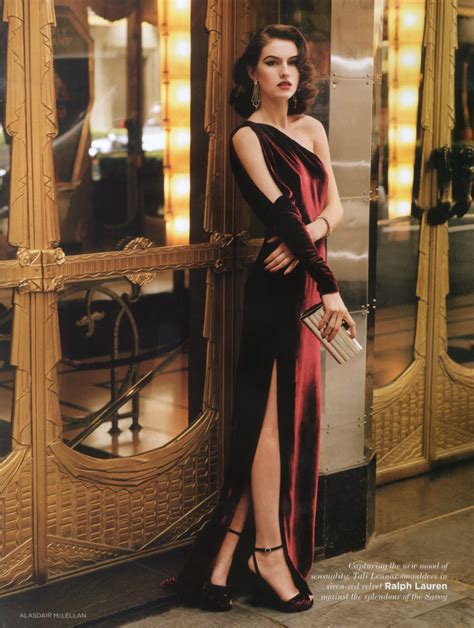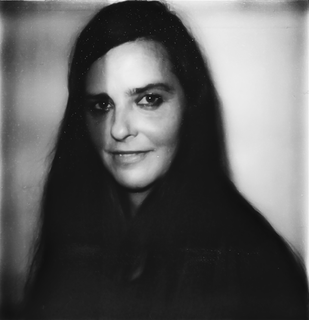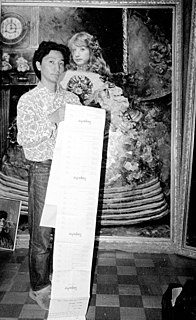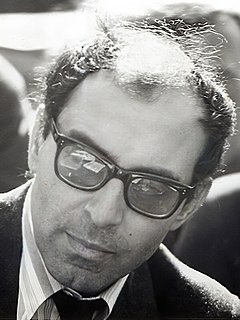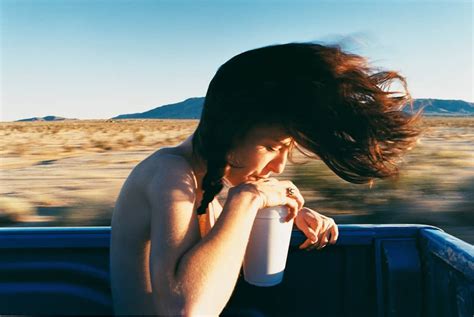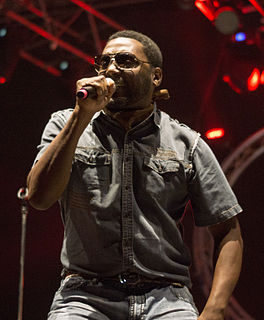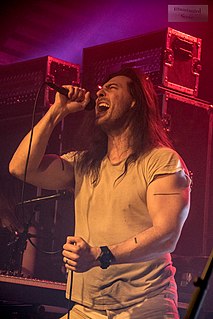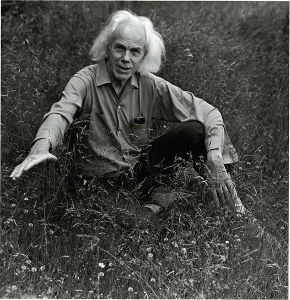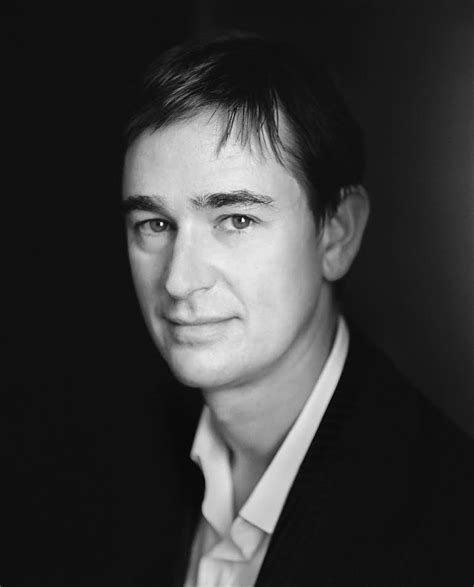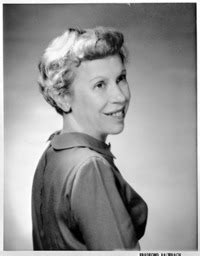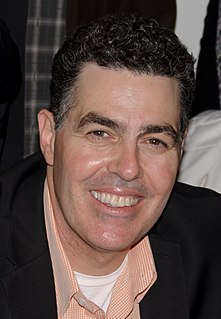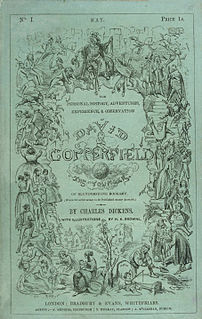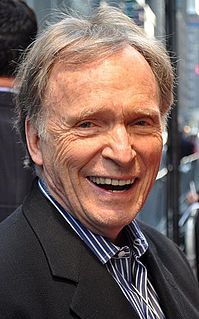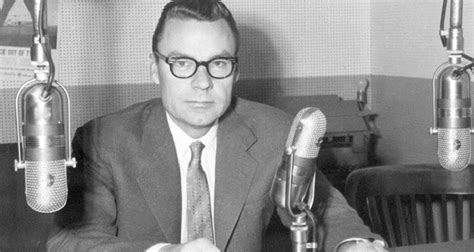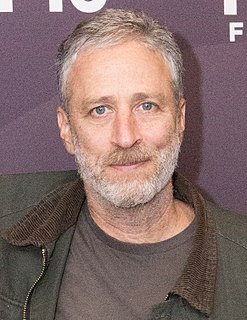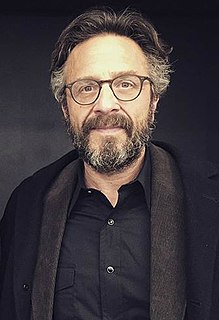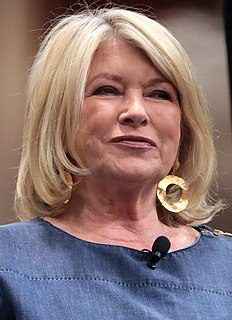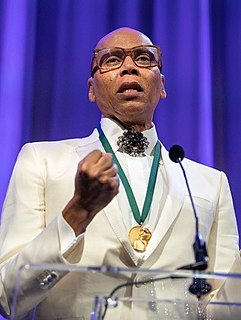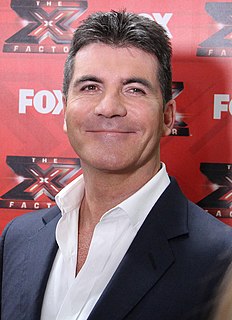A Quote by Violet Chachki
I've always been into subcultures. In the '50s and '60s, what Pierre Molinier was doing was super subculture - he was taking self-portraits, it was very private, very intimate. I think that's actually how I started my drag - in my bedroom, taking MacBook self-portraits.
Related Quotes
I think self-portraits are very difficult. I’ve always seen mine as straightforward, very stripped down, hair pulled back. No shirt. Whatever light happened to be available. I’d want it to be very graphic – about darkness and light. No one else should be there, but I’m scared to do it by myself. I’ve been thinking about it for a long time. The whole idea of a self-portrait is strange. I’m so strongly linked to how I see through the camera that to get to the other side of it would be difficult. It would be as if I were taking a photograph in the dark.
Taking photographs is generally an act of 'looking at the object, whereas 'being seen' or 'showing' is what is most interest to one who does a self-portrait...self-portraits deny not only photography itself but the 20th century as an era as well...an inevitable phenomenon at the end of the 20th century.
There are ways of angling the camera. I don't just use a tripod. The only time I did that was in '88 when I first came out of detox, I spent every day doing self-portraits to fit back into my own skin. I didn't know what the world looked like - what I looked like - so in order to fit back into myself, I took self-portraits everyday to give myself courage and to fit the pieces back together. I used a tripod then.
I thought, 'Well, I'll amuse people a little bit.' During lunch hour, while everyone was off to the faculty club and this and that, I set up a bunch of bases down the hallway of the school and I put all of the portraits I had completed... and I waited for the reaction.... that's how I got started again, doing portraits of people around me.
My work has been about making a record of my life that no one can revise. I photograph myself in times of trouble or change in order to find the ground to stand on in the change. I was coming out of a melancholic phase. This was taken when I was traveling extensively, on the road from hotel to hotel. You get displaced, and then taking self-portraits becomes a way of hanging on to yourself.
In college, all my friends were graffiti writers, but I never wrote graffiti. I wanted to participate and do something cool on the street, so I'd make these portraits of people. I'd isolate them on a white wall, make a silkscreen of it, and do these portraits in bathrooms and all around. That's how I started the Polaroids.
I don't know what Alison [McGhee] thinks, but I very strongly doubt that we will ever see the parents of Bink or Gollie. However, I do think it would be fun to make Tony Fucile draw portraits of the parental units and have those portraits sitting on Bink's mantel or in Gollie's kitchen. Glowering. A little.
I think that deprecation part is a very important aspect because when someone looks into themselves, if they're going to be honest, they're going to see parts that are humiliating as well as parts that they might feel really great about. Take Lucas Samaras again, who made a lot of self-portraits. He makes one self-portrait where he is looking directly into the camera and looks so intense and cool. He says in an interview, "I wanted to present the best version of myself."
That's the old AA maxim, "Always have a drink in your hand and you'll never want a drink." That's one of the most classic deceptions in the literature: "I'll take a drink tomorrow." I actually don't think that's necessarily a very helpful maxim in AA, but it's a very good maxim in showing how strategic self-deception can be employed, even self-consciously. That's the amazing thing, to me, about self-deception.
